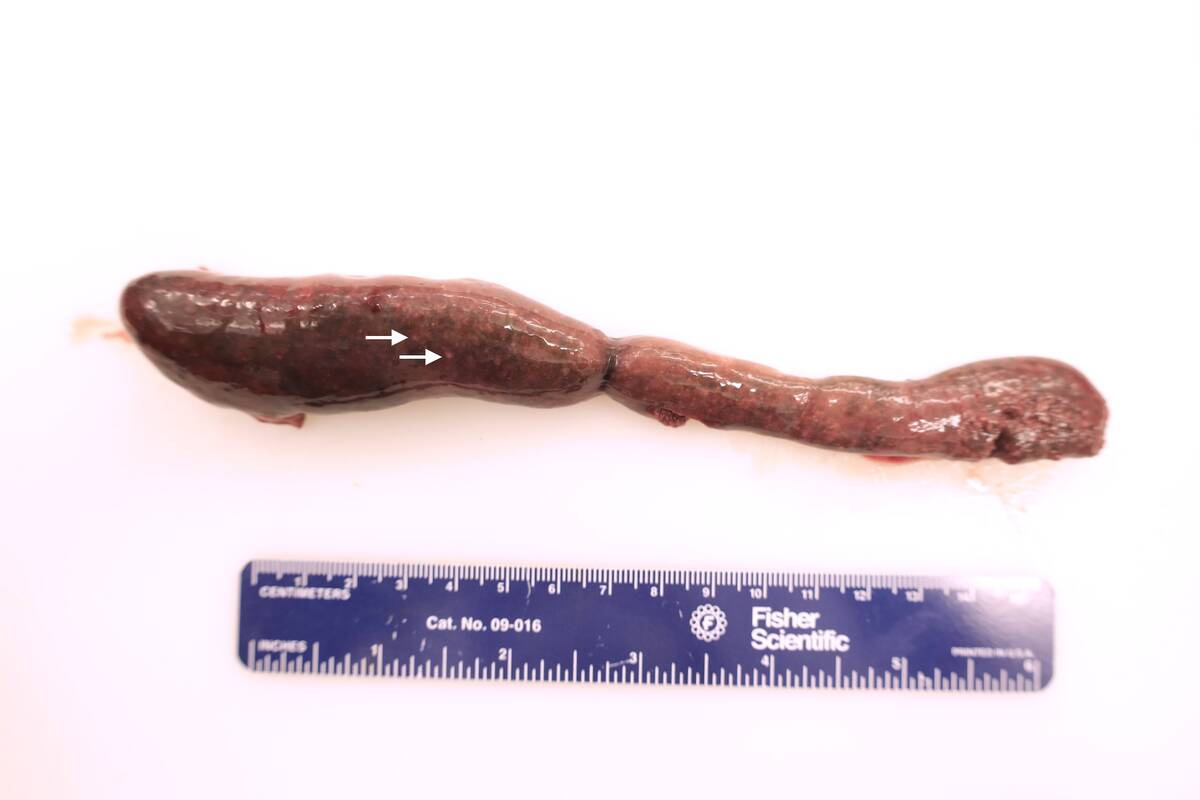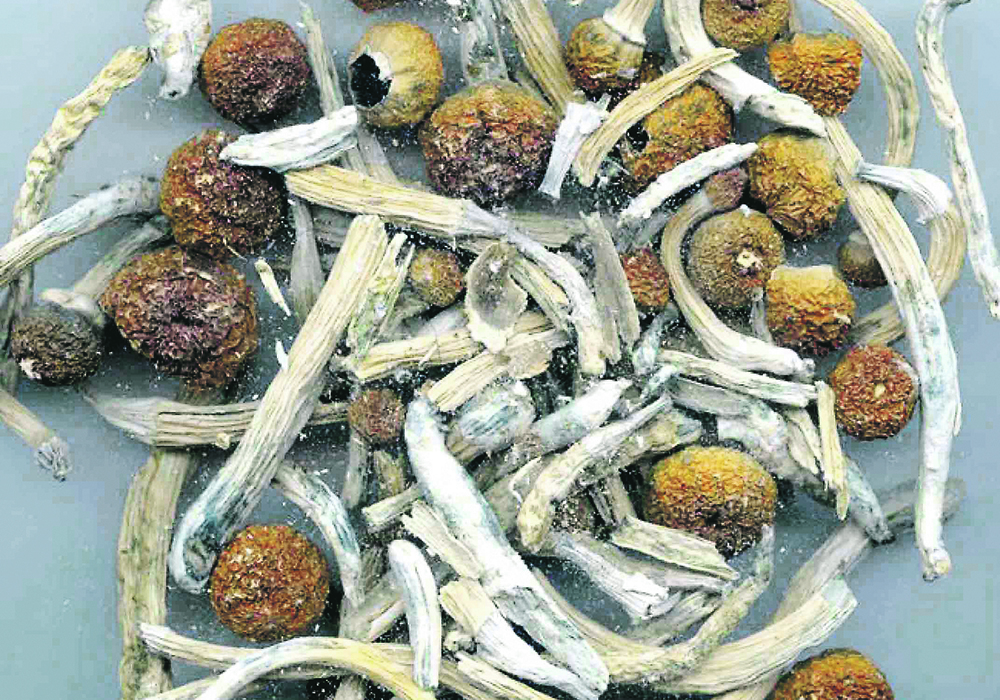Headlines about psychedelics seem to be everywhere these days. There is even a Netflix documentary out called How to Change Your Mind.
Growing research suggests that psychedelic substances could treat a variety of intractable and challenging mental health conditions in people, such as severe depression, post-traumatic stress disorder and substance use disorders.
For individuals with terminal disease diagnoses, studies have found that psychedelics reduce anxiety and depression associated with their diagnosis. Currently, in Canada this psychedelic-assisted therapy is available only in controlled and supervised clinical settings.
Read Also

Tularemia continues to pose health risk on the Prairies
The pathogen that causes tularemia can survive for months in the environment, including wetlands, and is spread through direct contact or inhalation from these sources.
Psychedelics are a class of hallucinogenic drugs that create altered consciousness. The most well-known psychedelics include LSD and psilocybin, the active chemical in magic mushrooms.
In an interesting local connection, the Weyburn Mental Hospital in Weyburn, Sask., was a hotbed for early LSD research in the 1950s. The term psychedelic was coined there, and mental health clinicians reported success using psychedelics to treat alcohol use disorders.
What about the situation in animals?
As with many drugs, there are many laboratory studies focused on toxicity and other safety parameters. A major challenge with understanding the psychological effects of these drugs on animals is that we cannot ask animals how they feel or what they experience when given a particular chemical substance. We can only observe and document their behaviour.
Perhaps one of the most famous studies in this field involved the administration of several mind-altering drugs to spiders. Swiss researcher Peter Witt observed that spiders given drug-spiked flies produced abnormal webs that varied depending on the drug administered. Spiders given caffeine created irregular, angular webs while those given LSD produced highly regular webs. If you haven’t seen images of these spider webs before, I recommend an internet search.
Routinely used in veterinary medicine, the drug called ketamine is considered to have psychedelic properties. This drug is a type of dissociative anesthetic, meaning it is thought to alter consciousness to separate the animal from their experience. It also creates memory loss and provides significant pain relief.
Veterinarians frequently use ketamine for the induction of general anesthesia and for pain control. Other than ketamine, veterinarians currently do not use psychedelics to treat animals.
In laboratory settings, researchers have developed a rat model for depression and used this to assess the effects of psychedelics on rat behaviour. Depressed rats given ketamine, LSD and psilocybin became significantly less depressed compared to the control group that did not receive drugs. This was measured by how much rats explored a maze, showing reduced anxiety-type behaviour.
Researchers also measured how vigorously rats attempted to escape a swim tank. Depressed rats explored less and tended to passively tread water in a tank rather than vigorously swim and try to climb out.
In this study, similar to what researchers have noted in human trials, ketamine treatment lasted only for a short period of time, while LSD and psilocybin led to long-term relief of depression-type behaviours in these rats.
While depression as a mental illness in animals is not a recognized condition, there are many behaviour issues in animals that are thought to be related to unhealthy mental states. And these conditions are extremely challenging to treat, leading to the idea that perhaps psychedelic drugs may have clinical applications in veterinary medicine.
The most obvious of these intractable behaviour issues include stereotypies, which are repeated behaviours thought to cause release of feel-good hormones known as endorphins. A few examples of these stereotypies include pacing in zoo animals, weaving and crib-biting horses that are kept in stalls, pet birds that pull out their feathers, cats that obsessively groom and dogs that repetitively circle and bark when confined to kennels.
Will veterinarians be prescribing LSD for dogs with separation anxiety and magic mushrooms for crib-biting horses in the future? Maybe.
Other alternative medications have been gradually emerging in the veterinary field such as investigations into cannabis for pain relief in dogs with arthritis. It is likely veterinarians will explore the potential for therapeutic psychedelics to treat animals in the next few decades.
Before psychedelics for animals go mainstream though, we need rigorous scientific evidence and a regulatory framework to support their use for defined clinical conditions.
Dr. Jamie Rothenburger, DVM, MVetSc, PhD, DACVP, is a veterinarian who practices pathology and is an assistant professor at the University of Calgary’s Faculty of Veterinary Medicine. Twitter: @JRothenburger















